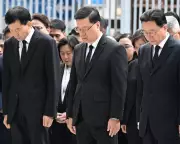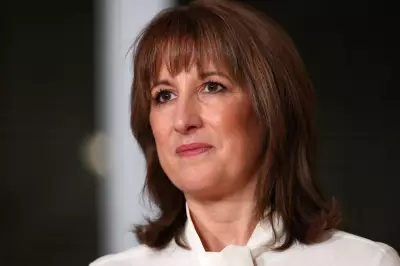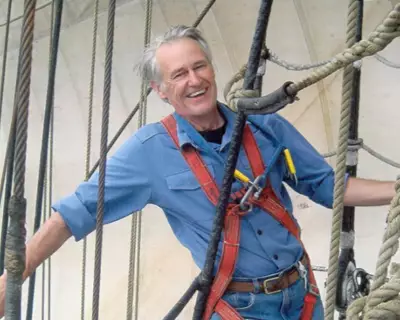Entertainment
Strictly Come Dancing 2025 Elimination Leak Leaves Fans 'Devastated'
A Strictly Come Dancing 2025 spoiler has revealed the latest celebrity elimination, leaving fans divided and demanding a 'second opinion'. Get the full story and fan reactions here.
Sports
Porro's Tunnel Storm: Tottenham Fury After Fulham Defeat
Tottenham's Pedro Porro clashes with teammate Lucas Bergvall after a furious reaction to the 2-1 home loss to Fulham. Discover the fallout and manager's verdict.
Politics
Corbyn's Your Party in Chaos as Co-Founder Boycotts Conference Over 'Witch-Hunt'
Jeremy Corbyn's new political party faces internal warfare as co-founder Zarah Sultana boycotts inaugural conference over banned allies and 'faceless bureaucrats'. Read the full breakdown of the chaos.
Crime
Fugitive Football Coach Travis Turner Armed During Disappearance
Virginia high school football coach Travis Turner disappeared into woods armed with gun hours before police arrived with child sex charges. Massive manhunt continues.
Health
Tech
Dyson headphones hit lowest price in Black Friday sale
Dyson's premium OnTrac headphones have been reduced by £200, now £249.99. Featuring noise cancellation and 55-hour battery life, they're the perfect Christmas gift for tech lovers.
UK Company Launches First Private Space Science Satellite
London-based Blue Skies Space successfully launches Mauve, the world's first commercial space science satellite, to study stellar flares and exoplanets. Discover how this mission will transform our understanding of the universe.
Forza Horizon 6 2026 Release & Japan Setting
Insider reveals Forza Horizon 6 is targeting a first-half 2026 release. The game is confirmed to be set in Japan. Find out all the latest details and fan reactions here.
Black Friday Streaming Deals: Save Up To 50%
Don't miss the best Black Friday streaming deals for 2025. Get up to 50% off Apple TV, NOW TV, and Paramount+. Lock in huge savings on your favourite shows today!
Computer scientist Simon Lavington dies aged 85
Professor Simon Lavington, renowned for chronicling early British computers and educational sailing, has passed away. Discover his remarkable legacy in computing history.
Environment
Get Updates
Subscribe to our newsletter to receive the latest updates in your inbox!
We hate spammers and never send spam
Weather
UK Geography Weekend Special
Weekend special: 100 questions about UK geography. Perfect for students preparing for exams or anyone who loves learning about Britain's diverse landscapes.










































